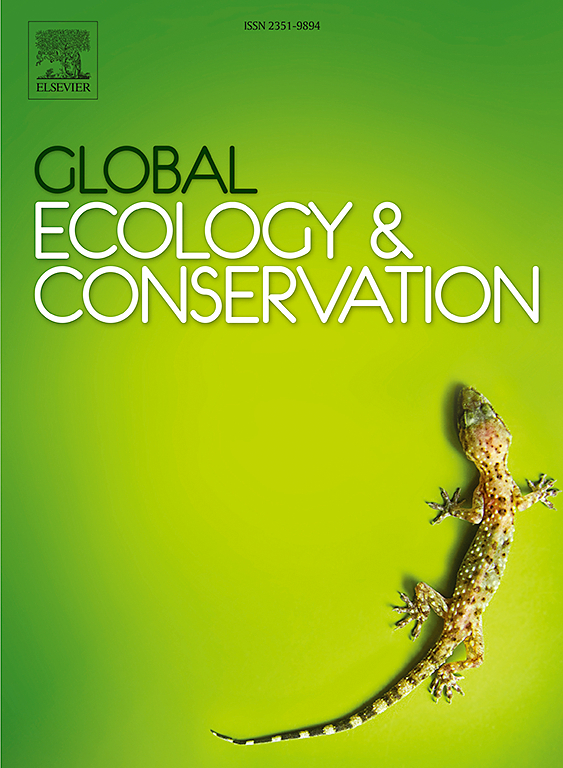Environmental screening through nanopore native sequencing leads to the detection of Batrachochytrium dendrobatidis in La Mandria Regional Park, Italy
IF 3.5
2区 环境科学与生态学
Q1 BIODIVERSITY CONSERVATION
引用次数: 0
Abstract
Health surveillance of wildlife is crucial for the early detection of emerging pathogens. The One Health Integrated Wildlife Monitoring approach combines information from the biotic components of the ecosystem such as the abundance and diversity of wildlife with disease surveillance of animals (domestic and wild). Genomics-based detection of pathogens through environmental samples is a promising component of such programs. In this study, we analysed water samples from eight different irrigation channels in the La Mandria Regional Park, Italy, through PCR-free nanopore native sequencing to identify potential pathogens of importance for wildlife populations. Besides the pathogen Fascioloides magna that was previously detected in the park, we found evidence of other candidate pathogens including – for the first time in this area – the detection of the fungal pathogen Batrachochytrium dendrobatidis, and their possible host species. We confirmed the presence of B. dendrobatidis through ddPCR, and could demonstrate the detection of significant wildlife pathogens months before its first case was reported in wild animals of the park. Together with inferences on potential host species, these findings demonstrate the potential of genomics-based environmental monitoring through native nanopore sequencing in the context of One Health.
通过纳米孔原生测序进行环境筛选,在意大利拉曼德里亚地区公园检测到树突壶菌(Batrachochytrium dendroatidis)
对野生动物进行健康监测对于早期发现新出现的病原体至关重要。同一健康综合野生动物监测方法将来自生态系统生物组成部分的信息(如野生动物的丰富度和多样性)与动物(家养和野生)疾病监测相结合。通过环境样本进行基于基因组学的病原体检测是此类计划中很有前途的组成部分。在这项研究中,我们通过无pcr纳米孔原生测序分析了意大利拉曼德里亚地区公园8个不同灌溉渠道的水样,以鉴定对野生动物种群重要的潜在病原体。除了先前在该公园检测到的病原体大片形虫外,我们还发现了其他候选病原体的证据,包括该地区首次检测到的真菌病原体Batrachochytrium dendroatidis及其可能的宿主物种。我们通过ddPCR证实了石斛芽孢杆菌的存在,并且可以证明在公园野生动物中发现了重要的野生病原体,比第一例报告早了几个月。连同对潜在宿主物种的推断,这些发现证明了在同一个健康的背景下,通过原生纳米孔测序进行基于基因组学的环境监测的潜力。
本文章由计算机程序翻译,如有差异,请以英文原文为准。
求助全文
约1分钟内获得全文
求助全文
来源期刊

Global Ecology and Conservation
Agricultural and Biological Sciences-Ecology, Evolution, Behavior and Systematics
CiteScore
8.10
自引率
5.00%
发文量
346
审稿时长
83 days
期刊介绍:
Global Ecology and Conservation is a peer-reviewed, open-access journal covering all sub-disciplines of ecological and conservation science: from theory to practice, from molecules to ecosystems, from regional to global. The fields covered include: organismal, population, community, and ecosystem ecology; physiological, evolutionary, and behavioral ecology; and conservation science.
 求助内容:
求助内容: 应助结果提醒方式:
应助结果提醒方式:


